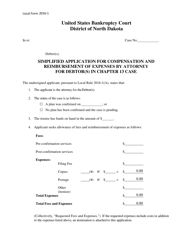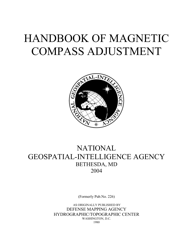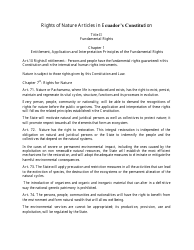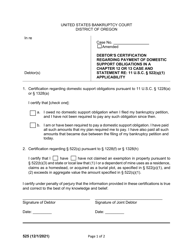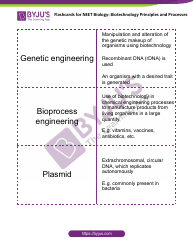Chapter 1 - Basic Radar Principles and General Characteristics - National Geospatial-Intelligence Agency
Chapter 1 - Basic Radar Principles and General Characteristics - National Geospatial-Intelligence Agency provides information on the fundamental principles and characteristics of radar technology.
FAQ
Q: What is radar?
A: Radar is a system that uses radio waves to detect and locate objects.
Q: How does radar work?
A: Radar works by transmitting radio waves and then measuring the time it takes for the waves to bounce back after hitting an object.
Q: What are the general characteristics of radar?
A: Some general characteristics of radar include the ability to operate in all weather conditions, the ability to detect both moving and stationary objects, and the ability to provide range, bearing, and velocity information.
Q: Who uses radar?
A: Radar is used by various organizations and industries, including the military, aviation, meteorology, and maritime.
Q: What is the purpose of radar?
A: The purpose of radar is to detect and track objects, provide situational awareness, and aid in navigation and targeting.
Q: Are there different types of radar?
A: Yes, there are different types of radar, including weather radar, air traffic control radar, and military radar systems.
Q: Can radar be used for surveillance?
A: Yes, radar can be used for surveillance purposes, such as monitoring air and sea traffic, detecting unauthorized intrusions, and monitoring weather conditions.
Q: What are the advantages of using radar?
A: Some advantages of using radar include long-range detection capabilities, the ability to operate in various environments, and the ability to provide accurate and real-time information.
Q: What are some limitations of radar?
A: Some limitations of radar include limited resolution, susceptibility to interference, and the inability to detect certain types of objects.
Q: What are Doppler radar systems used for?
A: Doppler radar systems are used to measure the velocity of objects, such as weather systems and vehicles.
Q: Is radar used for communication?
A: No, radar is primarily used for detection and tracking purposes, not for communication.
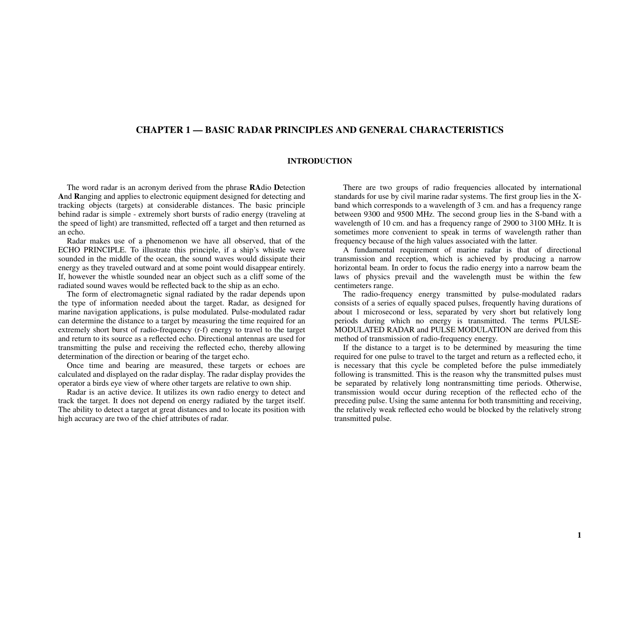

























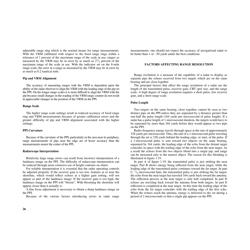
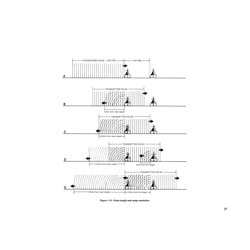
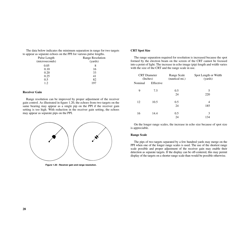

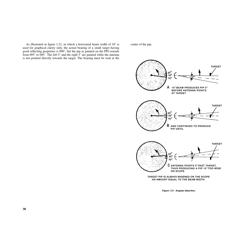

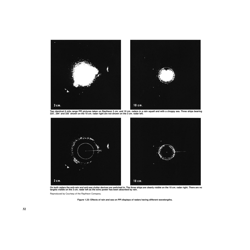
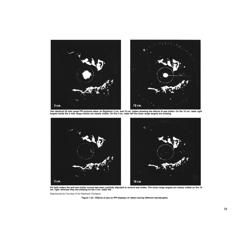











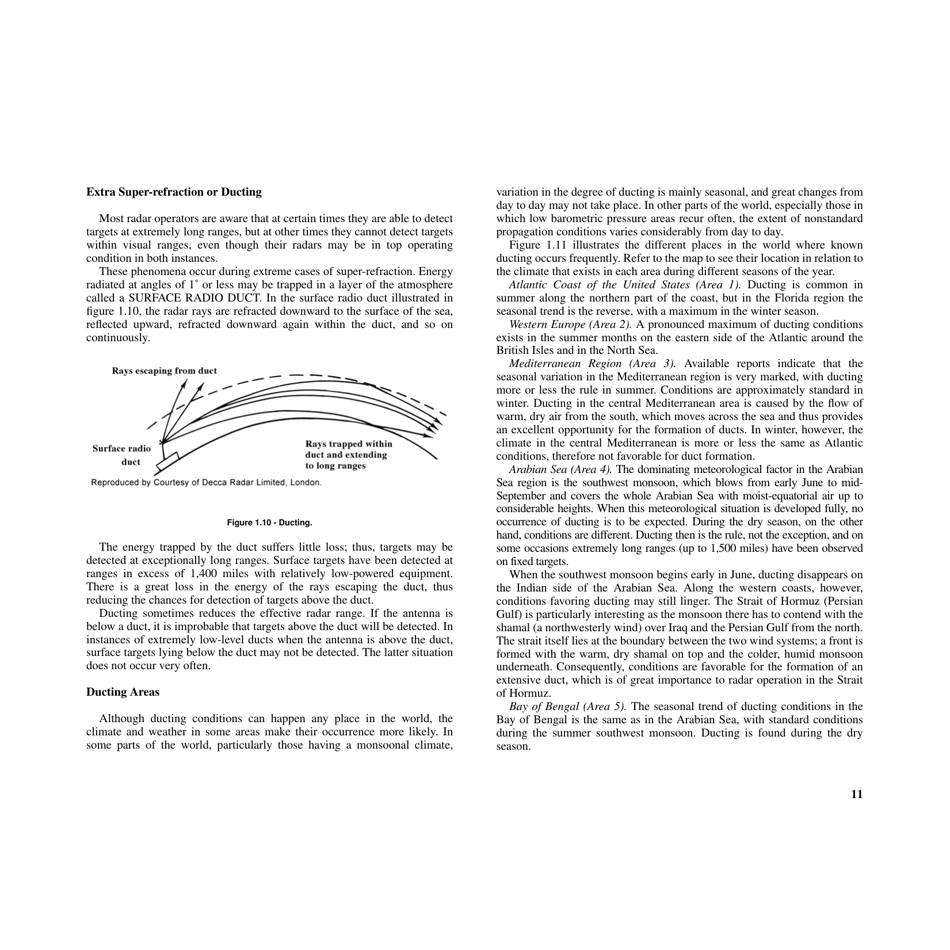
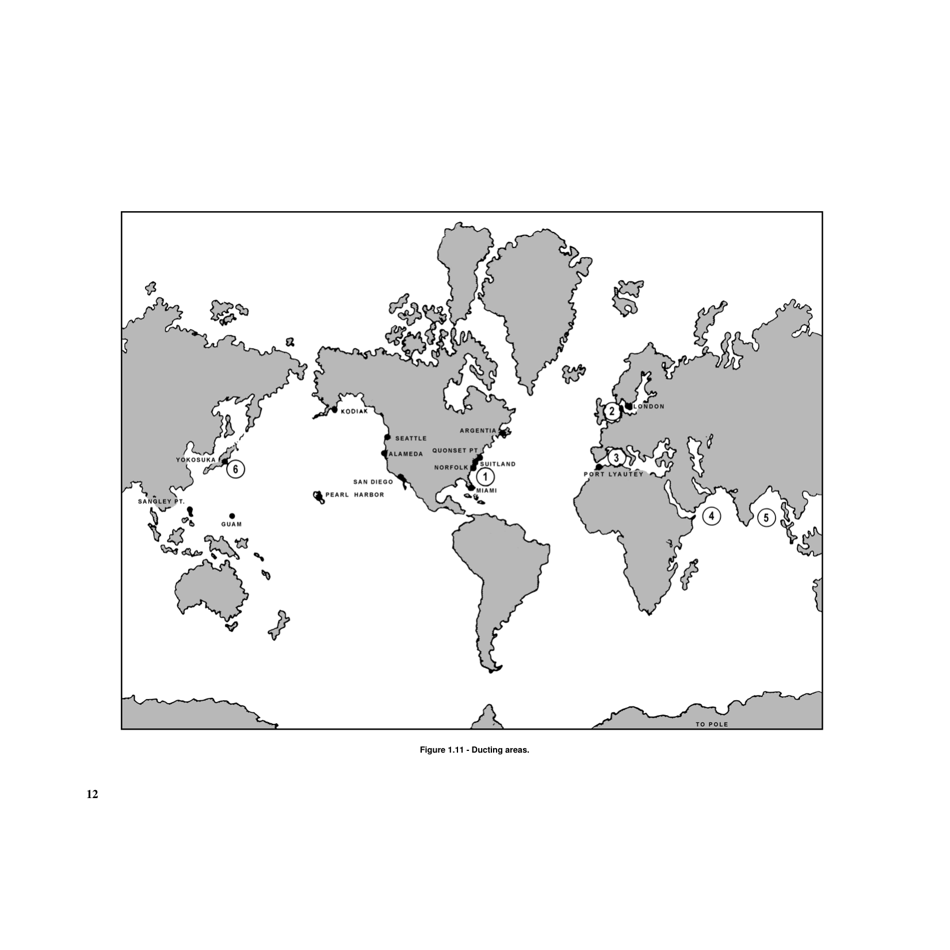
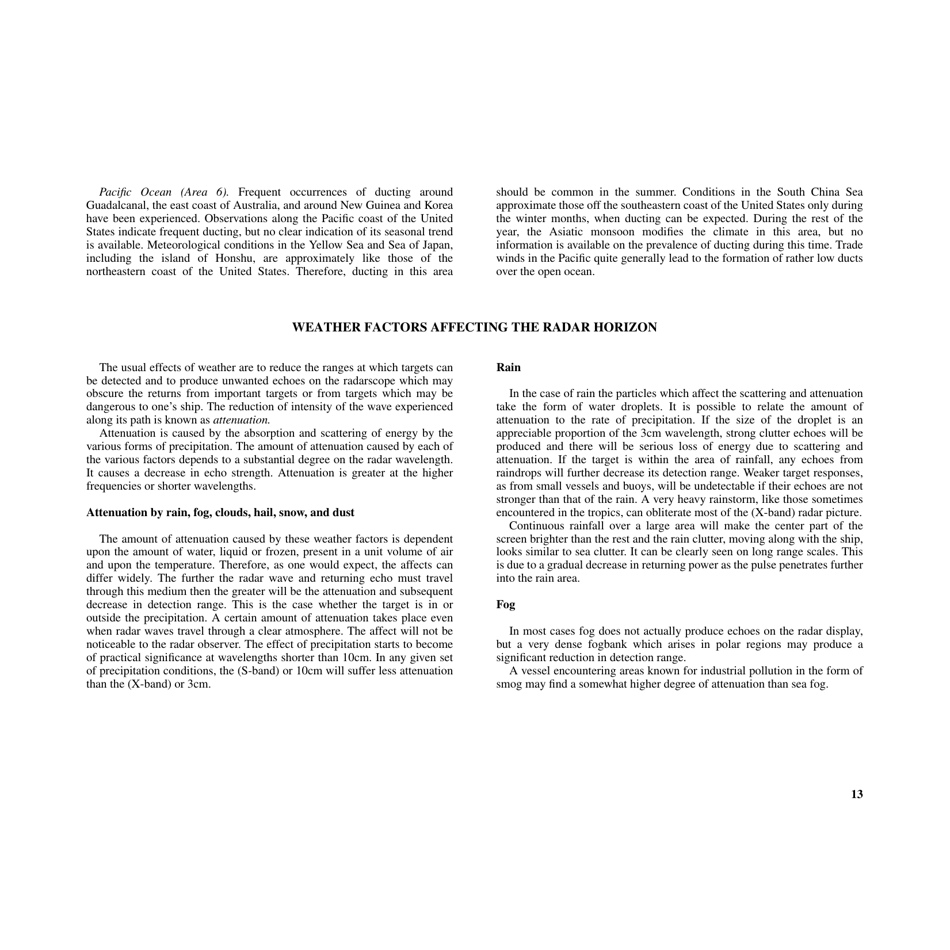

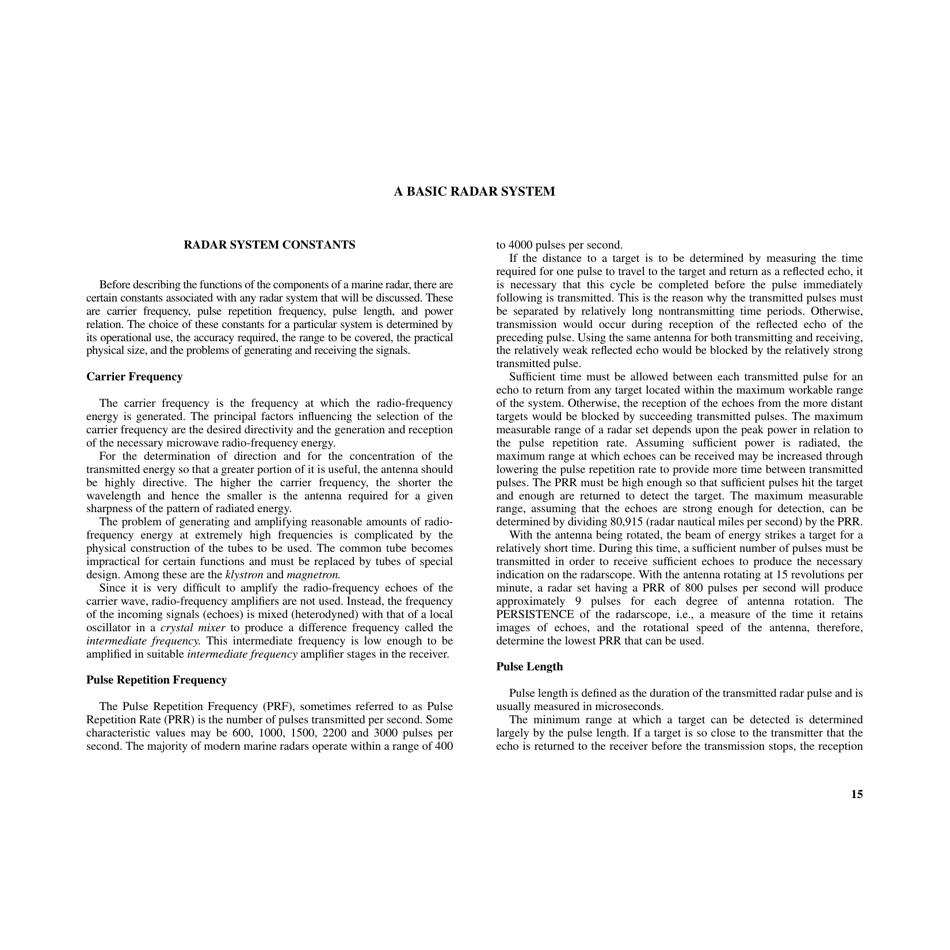
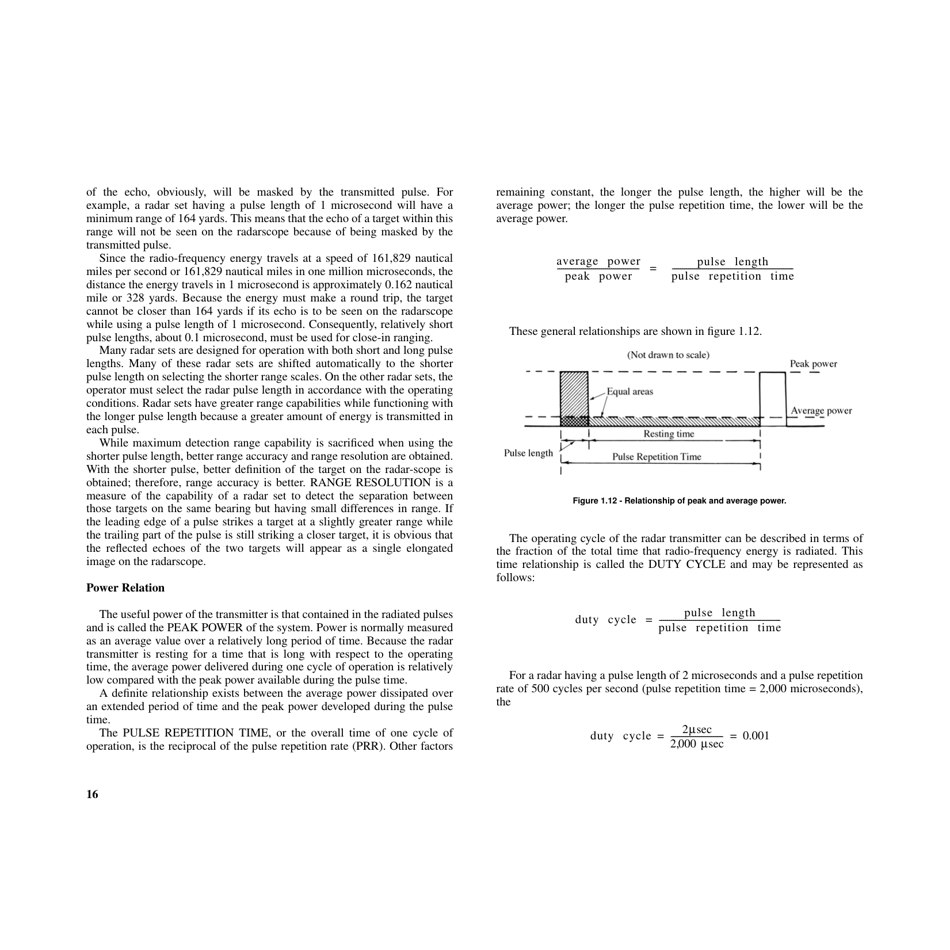
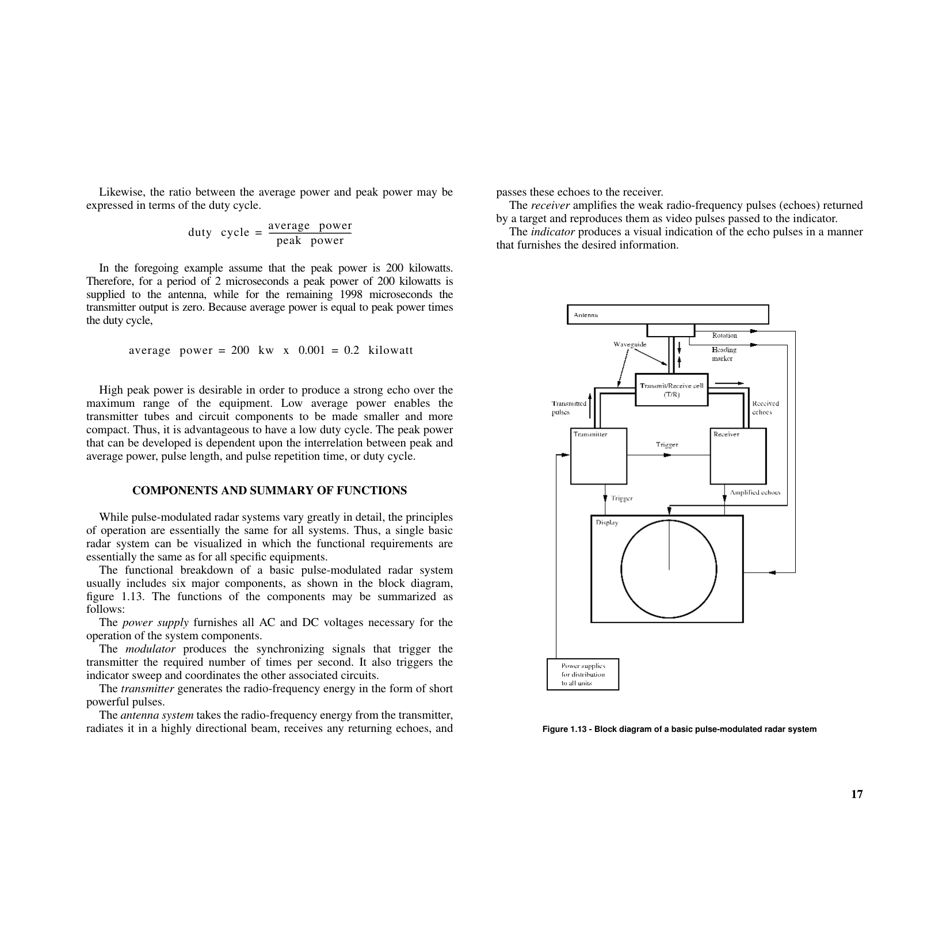

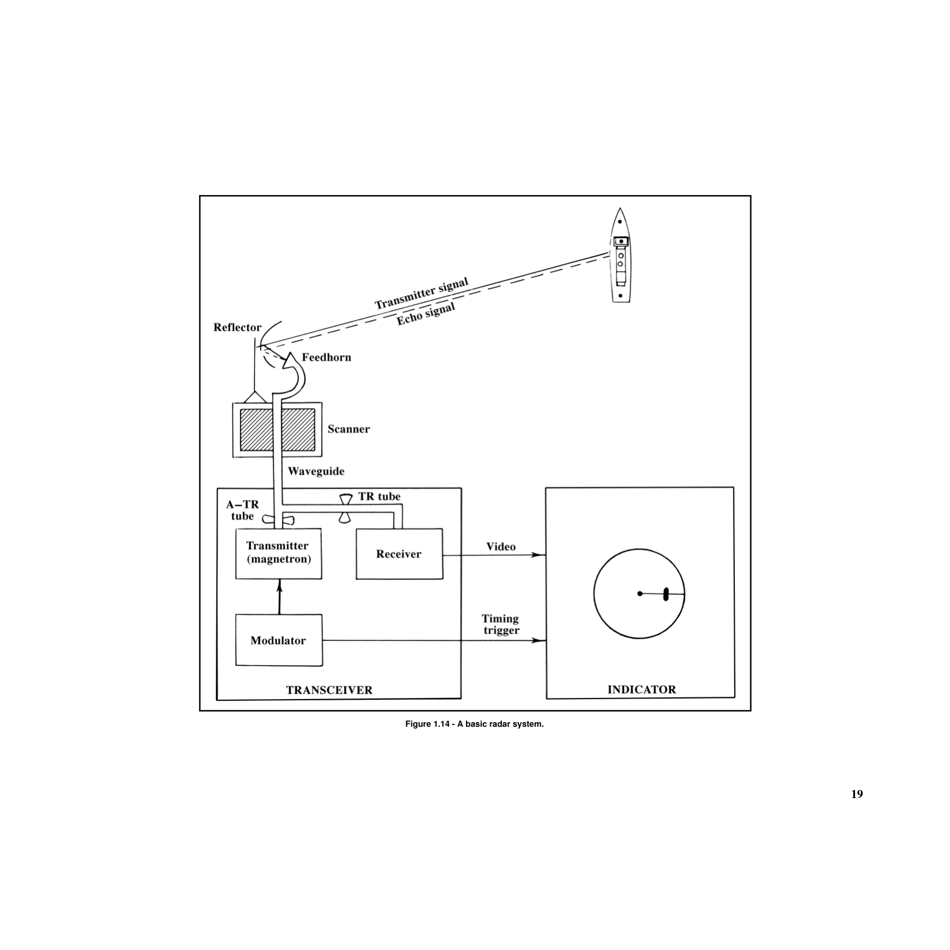
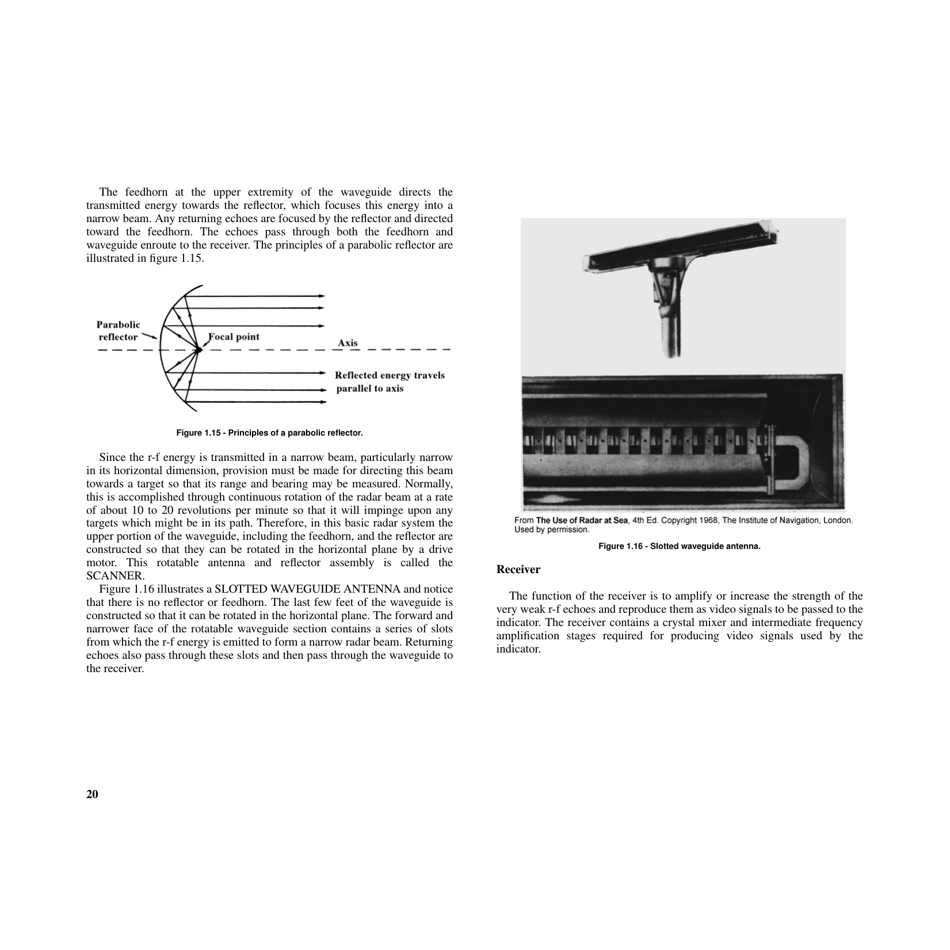
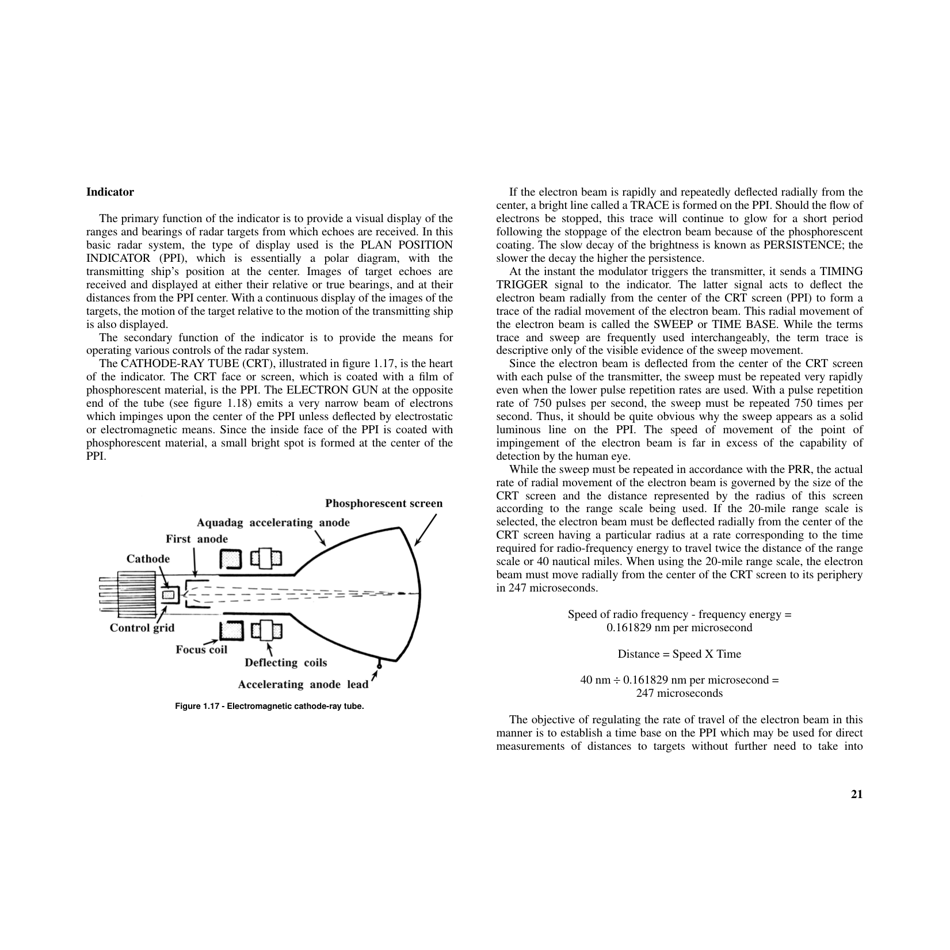
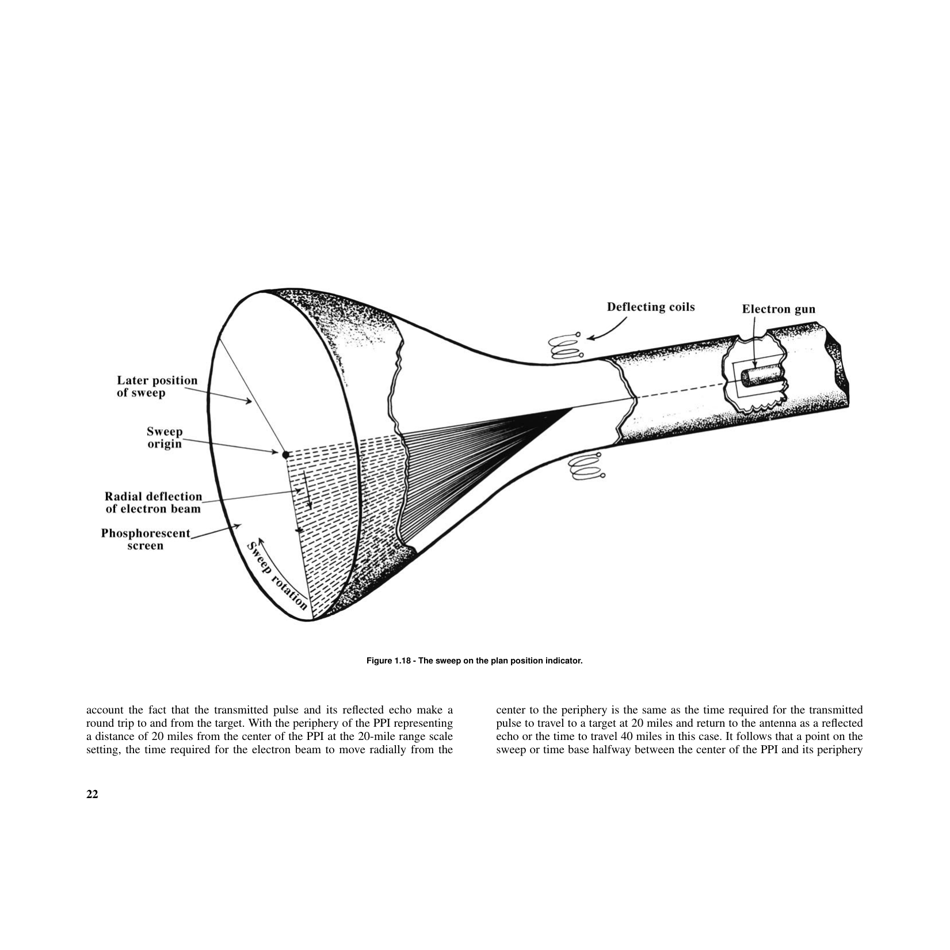


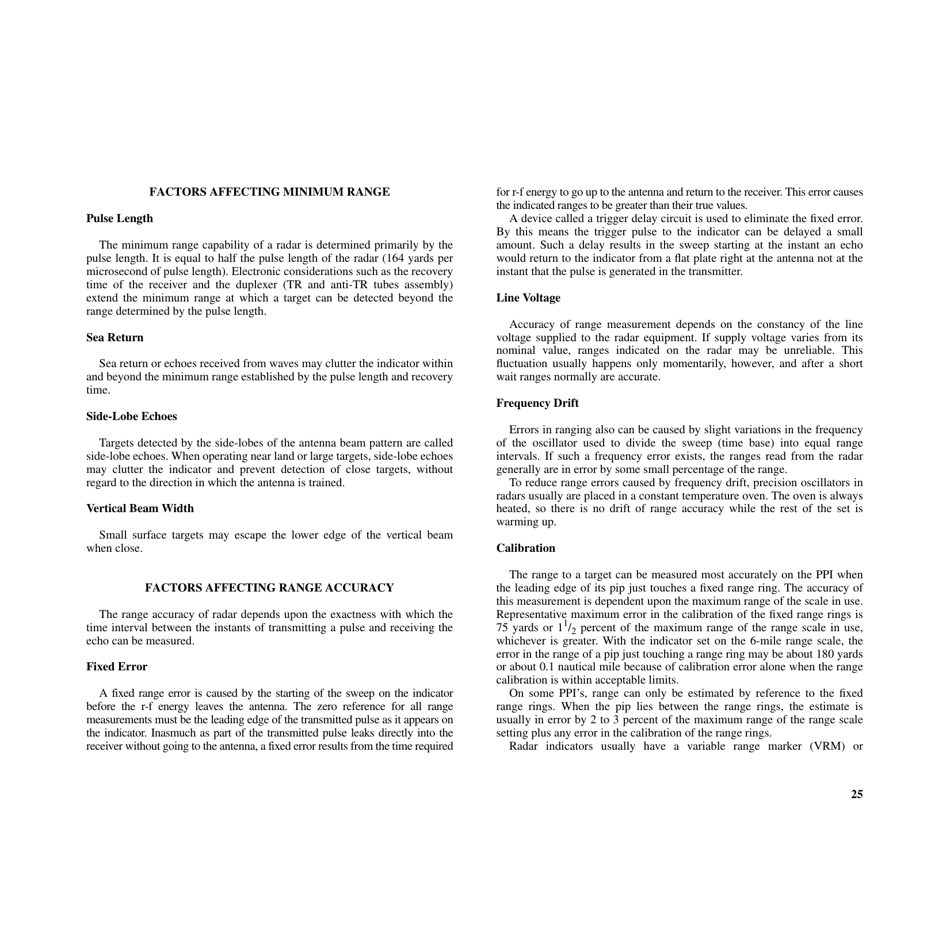
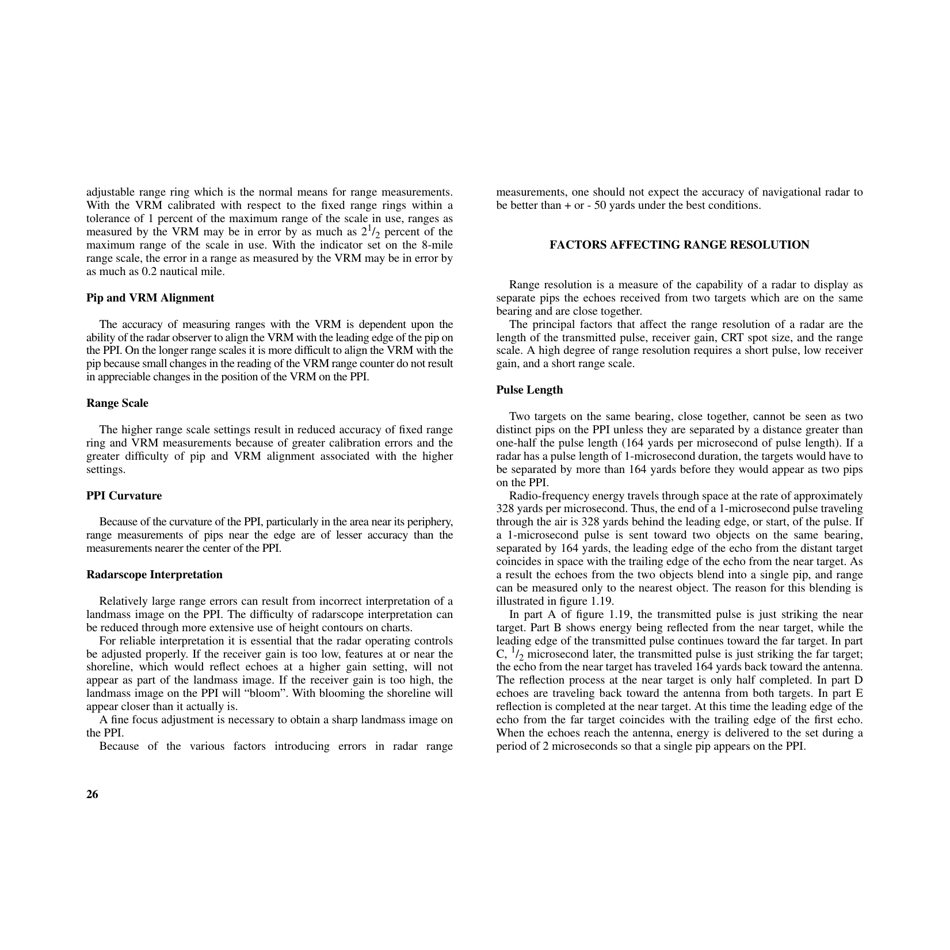
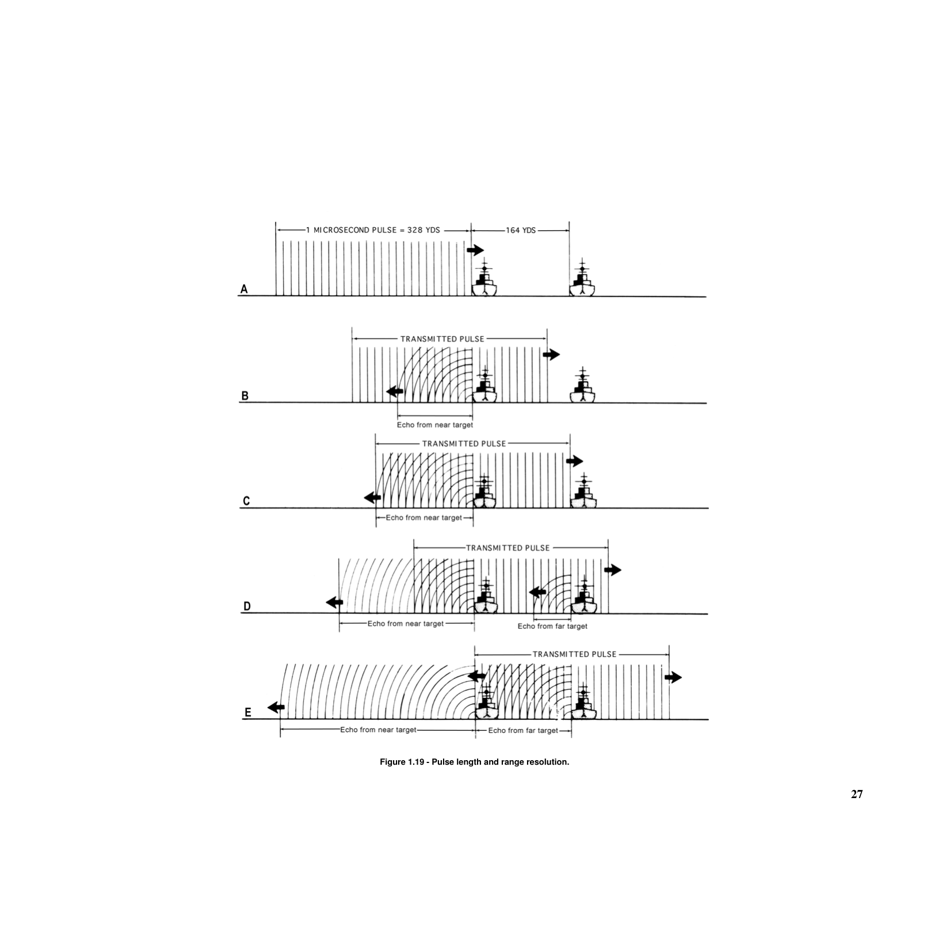
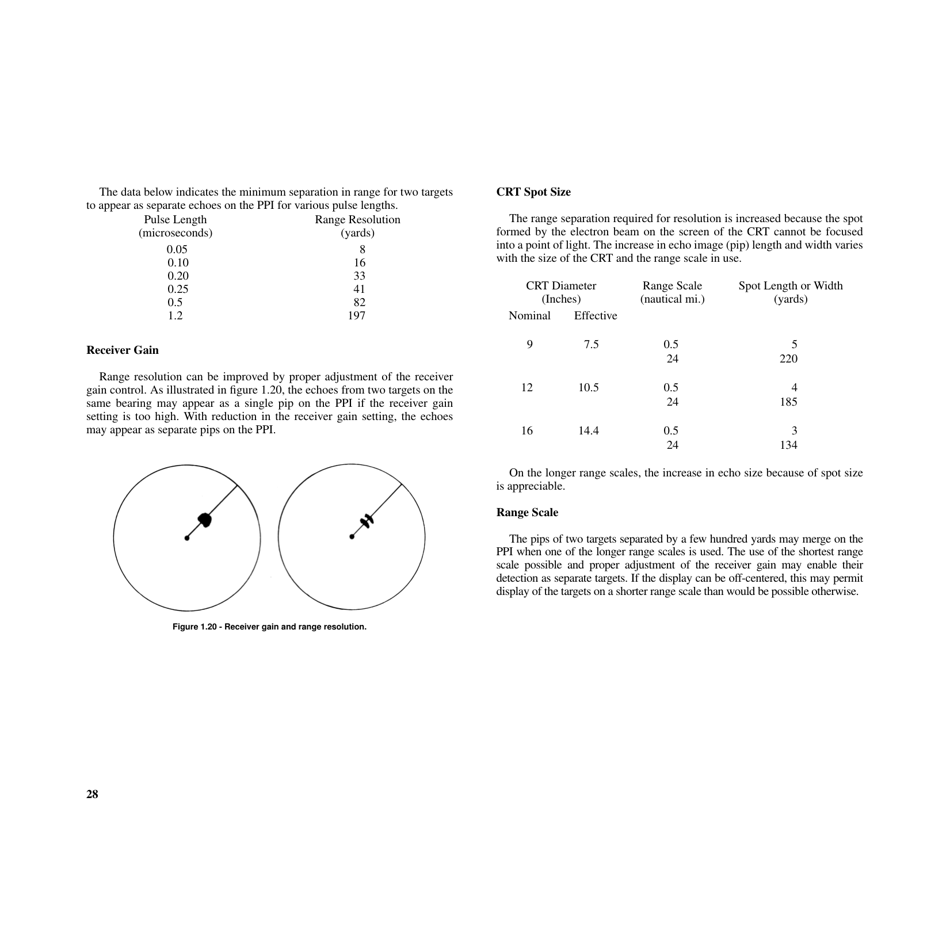

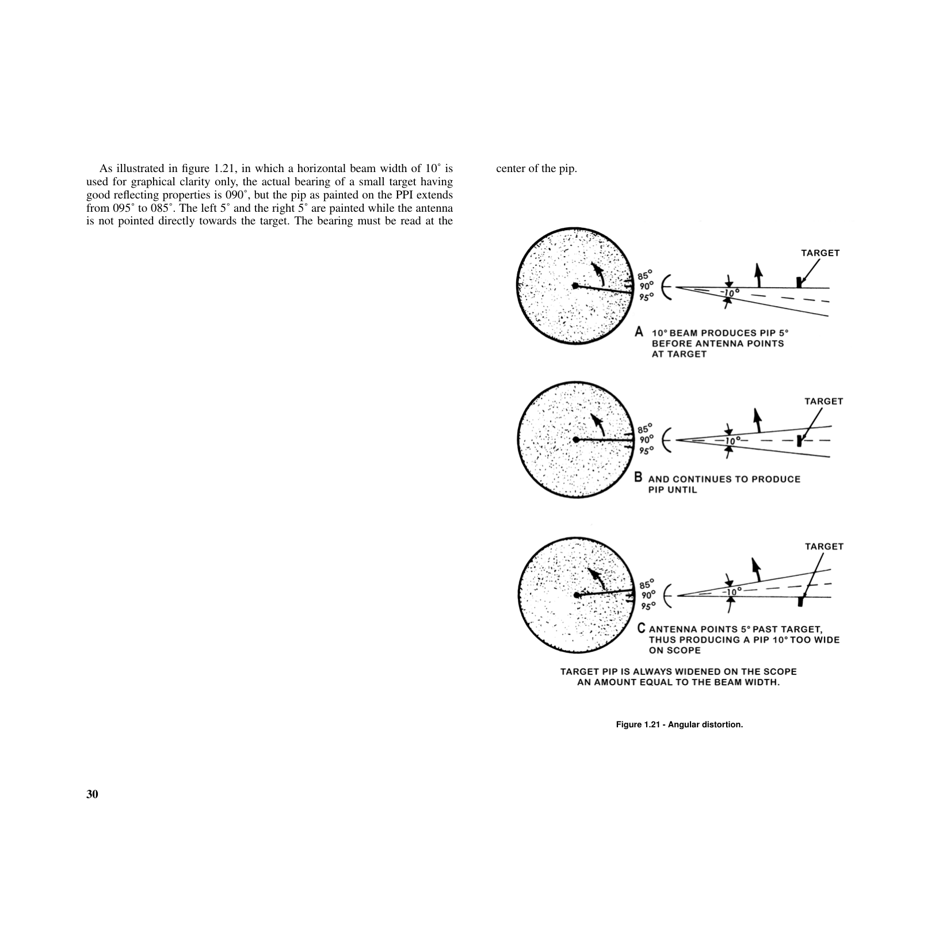






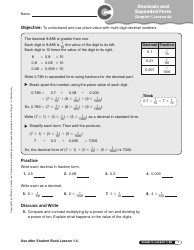
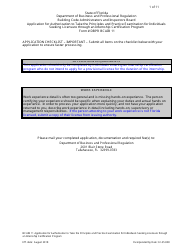
![Document preview: Form ERC-1 Application to Certify and Bank Emission Reduction Credits [georgia Rules for Air Quality Control Chapter 391-3-1-.03(13)] - Georgia (United States)](https://data.templateroller.com/pdf_docs_html/1801/18019/1801950/form-erc-1-application-to-certify-and-bank-emission-reduction-credits-georgia-rules-air-quality-control-chapter-391-3-1-03-13-georgia-united-states.png)
![Document preview: Instructions for Form ERC-1 Application to Certify and Bank Emissionreduction Credits [georgia Rules for Air Quality Control Chapter 391-3-1-.03(13)] - Georgia (United States)](https://data.templateroller.com/pdf_docs_html/1801/18019/1801951/application-to-certify-and-bank-emissionreduction-credits-georgia-rules-air-quality-control-chapter-391-3-1-03-13.png)




